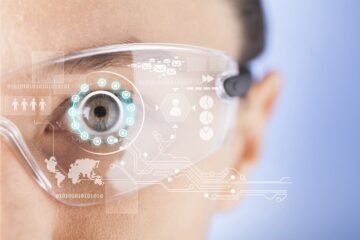Numerous light generation and utilization processes are used for production, data transfer, monitoring, and security. These methods fall under the category of photonics.
Photonics is the scientific study of light waves. It covers the science behind the generation, detection and manipulation of light.
Light has two natures known as the wave-particle duality. That is to say, light has features of both a continuous electromagnetic wave and a particle (photon). The kind of light that one observes depends on the type of interaction being observed. For example, when light bends through a lens or diffracts at the edge of an aperture, it behaves as a wave. A charge-coupled device (CCD) or semiconductor laser is producing a light beam that is indicative of light’s particle nature.
With the help of photonics, light is not only effective at cutting plastic but also used in delicate medical procedures of the eye.
Photonics is the most leading-edge technology and uses lasers, optics, fiber-optic cables, and electro-optical devices in many diverse technological fields.
Some popular uses include aerospace, agriculture, biomedicine, construction, energy, information technology, chemicals, construction, transportation etc.
Photonics applications in the Information technology field include, for example, the use of optics for data storage, high-speed data switching, and transmission of data between fiber-optic networks.
A variety of photogrammetry applications in constructions includes, among others, laser distance measurement, site topography scanning, laser device to digitize materials, and 3D analysis to evaluate construction progress.
Photonics applications in agriculture facilitate the study of the efficacy of satellite remote sensing, scanning technology, and infrared imaging for crop monitoring and evaluating production of foodstuffs.


0 Comments